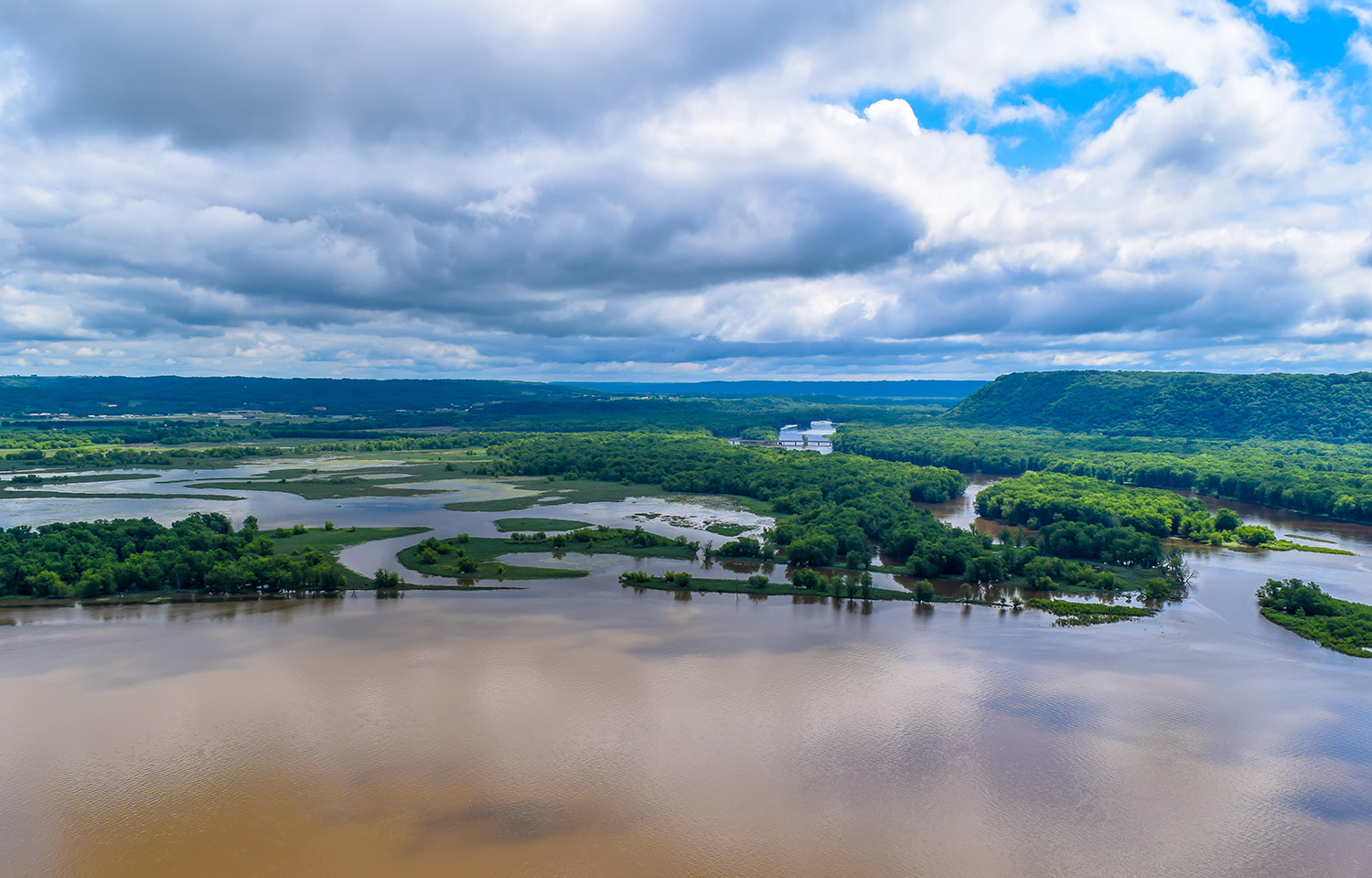NOAA scientists are predicting the Gulf of Mexico’s fish-killing dead zone will be larger than average this summer.
The dead zone is a hypoxic area roughly the size of the U.S. state of Connecticut with low oxygen levels that can kill off tens of thousands of fish. Caused by excess nutrient pollution from human activity along the Mississippi-Atchafalaya watershed, the dead zone affects fish every summer.
“Reducing the impact of hypoxic events and lessening the occurrence and intensity of future dead zones continues to be a NOAA priority,” National Ocean Service Assistant Administrator Nicole LeBoeuf said. “These forecasts are designed to provide crucial data to scientists, coastal managers, and communities and are used as guideposts in the development of planning actions.”
With higher river discharge and phosphate levels pouring into the Gulf of Mexico this year, experts have forecast it will cover a slightly larger area than normal. The average dead zone is roughly 5,205 square miles; this year’s dead zone is predicted to reach 5,827 square miles.
"The United States Geological Survey [USGS] has monitored streams and groundwater in the Mississippi-Atchafalaya watershed for decades to help better understand the sources and impacts of water-quality problems," USGS Acting Associate Director for Water Resources Joshua Joseph said. "A recent USGS study found that in the Illinois River – a major tributary of the Mississippi River – algae initially grow in the upper river and then move downstream, potentially causing algal toxins and decreased dissolved oxygen in the lower river."
NOAA will support a monitoring survey this summer to measure the size of the zone and help improve future forecast models. Results are expected to be released in early August.
The Interagency Mississippi River and Gulf of Mexico Hypoxia Task Force have set a goal of reducing the dead zone to 1,900 square miles by 2035. The Bipartisan Infrastructure Law signed in late 2023 included USD 60 million (EUR 56 million) for the task force to implement its plan to reduce nitrogen and phosphate loads and shrink the hypoxic zone.








